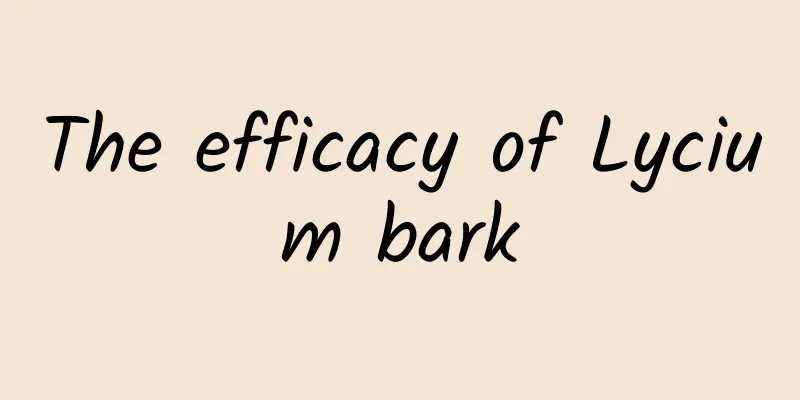What are the uses of jute

|
Jute is a long, soft, lustrous vegetable fiber that can be woven into strong, rough filaments. In plant classification, it belongs to the genus Malva. Jute is one of the cheapest natural fibers, second only to cotton in both volume and use. Although jute is relatively cheap, it has numerous benefits. Below we will introduce its pharmacological effects in detail. ① Cardiotonic effect: Jute glycoside A and longicorn glycoside showed enhanced myocardial contractility, prolonged diastole, slowed heart rate and changes in electrocardiogram in the hearts of frogs, rabbits and cats in situ, all of which proved that they had typical cardiac glycoside effects, and their nature of action was similar to that of strophanthus glycoside K. The main effect of jute glycoside A on the in situ cat heart is to increase myocardial tension. Its effect on the increase of cardiac contraction amplitude is not as significant as that of long-capsule jute glycoside, which increases the contraction amplitude of the latter by 200-250%, while the former by 60%. Both of them have the effect of slowing down the heart rate by acting on the nerves innervating the heart and the vagus nerve center. Jute glycoside A increases cardiac output and reduces venous pressure in the failed guinea pig and cat heart and lung preparations, and clinically it also shows a good cardiotonic effect. The extracts of domestic round-capsule and long-capsule jute have also been confirmed to have the effect of cardiac glycosides through experiments such as in situ frog heart, cat heart, heart-lung preparation, and electrocardiogram. ②Effects on experimental myocardial lesions: Jute glycoside A and long-capsule jute glycoside can alleviate the clinical symptoms of rabbits with experimental myocarditis and prevent the subsequent development of myocardial sclerosis. The latter can improve the myocardial energy metabolism process in dogs with coronary circulation disorders caused by pituitary and thrombin. The former can quickly restore normal blood circulation in dogs and rabbits with myocardial infarction caused by ligation of the left anterior descending coronary artery, and accelerate the myocardial repair process; in experiments on dogs with acute coronary circulation insufficiency, the reliability and therapeutic range of the therapeutic effect of cephaloside A are superior to those of lily of the valley glycoside. The combination of longicornia glycosides and saponins isolated from yam produced in the Soviet Union can not only inhibit the increase of cholesterol in rabbits with experimental atherosclerosis, but also prevent the development of atherosclerosis. In clinical practice, longicornia glycosides also improve atherosclerotic heart disease. When pituitary and thrombin were used to induce coronary circulatory insufficiency in experimental atherosclerotic rabbits, the therapeutic effect of long-capsule jute glycoside on the acute capsule manifestations of circulatory disorders was mainly to improve tissue respiration and oxidative phosphorylation processes. In rabbits with experimental atherosclerosis, pituitary gland and thrombin can further reduce the myocardial cytochrome oxidase and succinate dehydrogenase, while longicornia glycoside and jute glycoside A can prevent it and increase the myocardial enzyme content. Both methods show therapeutic effects on myocardial infarction caused by coronary artery ligation. ③ Impact on blood vessels and blood pressure: The effects of longicornia glycosides and longicornia glycoside A on the coronary blood flow of isolated cat hearts are not constant. The former 0.01 mg/kg initially slightly reduces the coronary sinus blood flow of in situ cat hearts, then significantly increases it, and can increase myocardial oxygen consumption. If used together with theanolide, theanolide can cancel the initial reduction in coronary blood flow. The two have a synergistic effect in increasing coronary blood flow and myocardial oxygen uptake. At low concentrations, longifolia glycosides have no effect on rabbit ear blood vessels, but at high concentrations, they cause contraction. The contraction effect is more obvious on the ears of rabbits with atherosclerosis. At low concentrations, jute glycoside A causes dilation, but at high concentrations, it causes contraction. Jute glycosides from long capsules have little effect on the pressor effect of the in situ cat heart, but they are significant in rabbits with experimental atherosclerosis, and the effect lasts twice as long as that of healthy animals; small amounts of jute glycoside A only increase blood pressure for a short time, while large doses cause a significant and stable pressor effect. Jute is not only of great help in medical research, but its actual functions cannot be ignored. It can clear away heat and relieve summer heat, remove toxins and reduce swelling. Used to prevent heatstroke, heatstroke fever, and dysentery; used externally to treat sores, boils, and swellings. These are the benefits that jute itself brings. At the same time, its by-products can also be used to produce pulp and paper, hemp cardboard, artificial resin board, charcoal, cellulose, chemicals, etc. In short, jute deserves to be described as high quality and low price. |
>>: The effect of rose and wolfberry
Recommend
What? Your brain will freeze? Be careful when eating this kind of food!
Edit: April Recently, all parts of the country ha...
The efficacy and function of the leaves of the schizonepeta
Recently, major TV channels have launched various...
My mouth feels astringent after eating cucumbers. Is it pesticide residue?
gossip "The reason why your mouth feels astr...
Sichuan and Chongqing dialects dominate the nation's laughter
Loading long image... Source: National Geographic...
The efficacy and function of Peony Panax notoginseng
Speaking of Paeonia lactiflora, I believe many fr...
What medicine is good for men who have frequent nocturia?
There are many reasons why sleep is affected, inc...
My friends, these "dates" that are bigger than eggs are in season and are really delicious!
Have you ever eaten apple dates? They are emerald...
Men, beware! An extra 11cm in waist circumference can increase your cancer risk by 25%, but it’s different for women →
Compiled by: Gong Zixin Body shape and overweight...
The effect of Korean ginseng and wolfberry wine
Although many people have not heard of Korean gin...
Fuzi Lizhong Pills Side Effects
Everyone knows that these drugs around us are ver...
The efficacy and function of glutinous rice vine
Recently, major TV channels have launched various...
What are the medicinal values of hedgehog skin?
I believe that many friends will not feel unfamil...
Patients describe themselves: What does it feel like after having two positives? Experts suggest...
Recently, there have been many cases of infection...
"Delivering express", "negotiating cooperation", "macro-control", they are the best employees for plant factories!
Produced by: Science Popularization China Author:...









